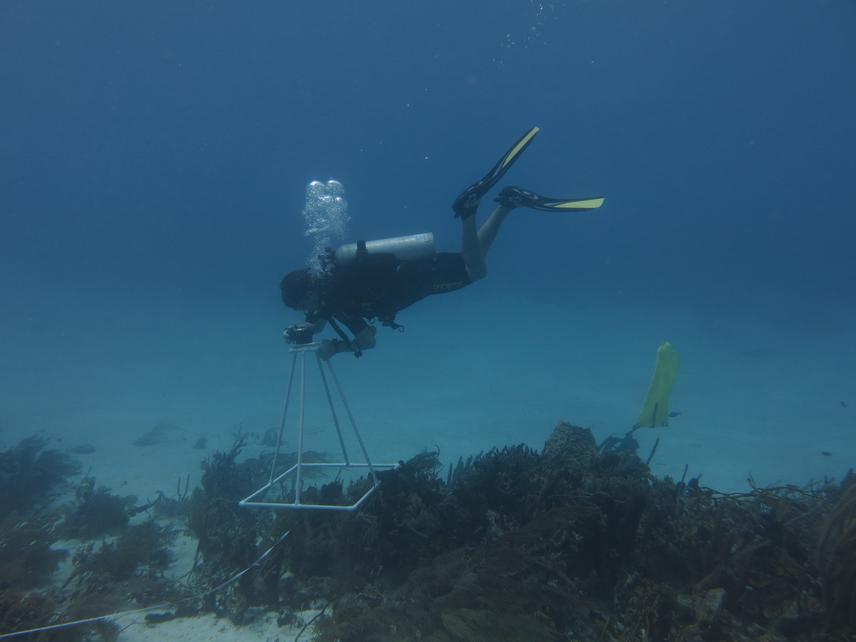Matthew Jasinski
The aim of this project is to provide valuable information about the effects of spatial scale on biodiversity and habitat linkage, to enable knowledge-based MPA management.

The Belize Barrier Reef Reserve System (BBRRS) is a UNESCO World Heritage Site comprised of seven Marine Protected Areas (MPAs), based on their universal natural heritage value. However, a report after a UNESCO/IUCN monitoring mission conducted in March 2009 concluded that the BBRRS is faced with specific and proven imminent danger, and should be considered for immediate inscription on the List of World Heritage in Danger. Currently, the worldwide decline of coral reefs has highlighted the need to understand habitat connections and the functional consequences of biodiversity loss. In many cases, the management strategies of protected reefs have failed to achieve their conservation objectives and, at a regional and global scale, reefs worldwide continue to decline as a consequence of human pressures and global climate change. Biodiversity is widely recognized as a critical factor for the maintenance of robust ecosystems. The mechanisms and processes that maintain local and global biodiversity are poorly understood. Multi-scale approaches are necessary to find the scale-dependence of biodiversity, and the identification of such critical scales is fundamental to the effective planning of MPAs and the conservation of coral reef biodiversity.
The problems facing conservation efforts and management strategies within the BBRRS may be for several reasons. Important ones include the possibility that there are not enough protected areas, that their size is inadequate, or that their spatial distribution somehow does not optimise the biological interconnectedness between them. This project will provide important information about the characterization of spatial structure across multiple scales and habitats, and the distribution of species, to assist in knowledge-based management of the BBRRS. As well as the regional context in which this research is based, the work has wider implications for improving understanding of the spatial structure of assemblages critical for conservation of multiple locations, habitats, landscapes and species. The understanding of the relationships between species richness, physical habitat and spatial scale is key for the conservation of biodiversity and ecosystem management, as it guides strategies, appropriate size and connectivity for MPAs, planning and management, and marine conservation initiatives.
This project will provide a thorough understanding of the effects of spatial scale on biodiversity and ecosystem function. This is essential for marine conservation and Marine Protected Area (MPA) planning and management, as it elucidates the connection between local and regional species richness.